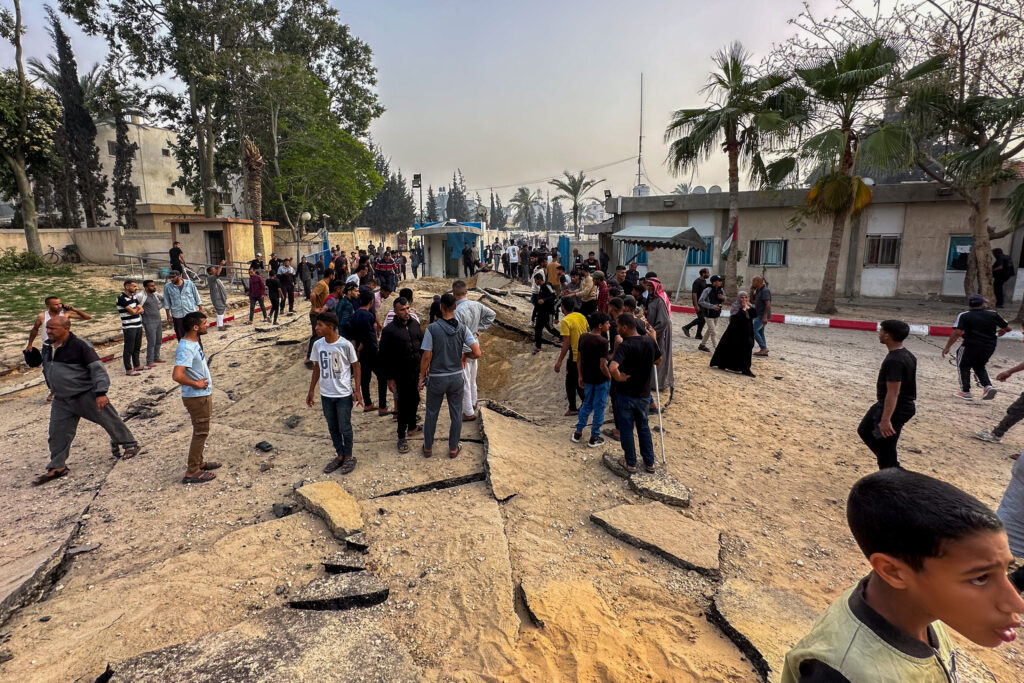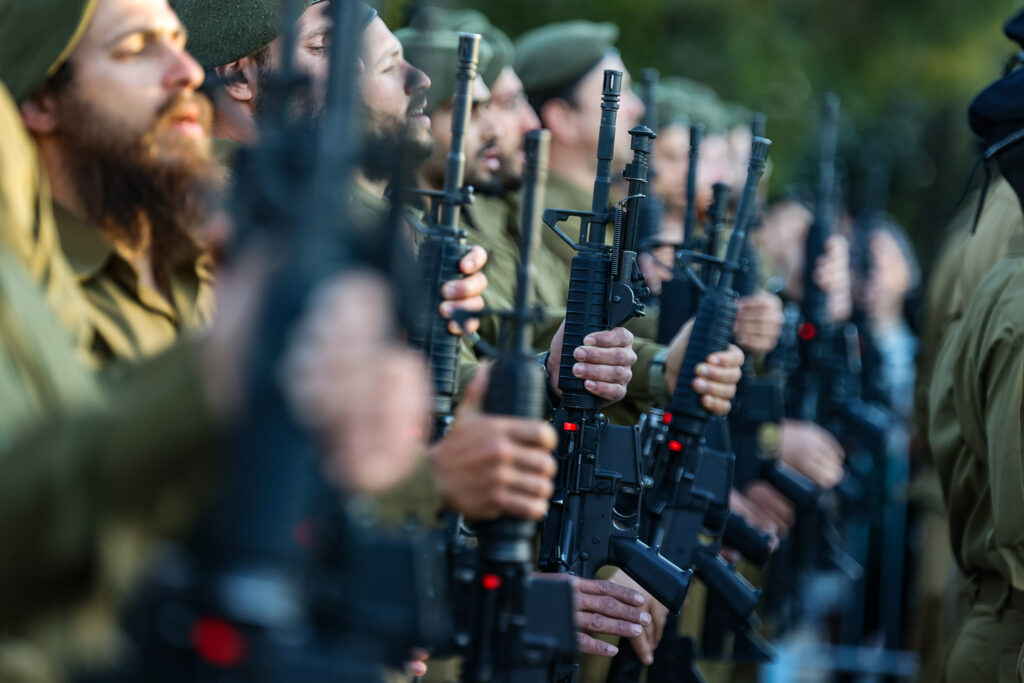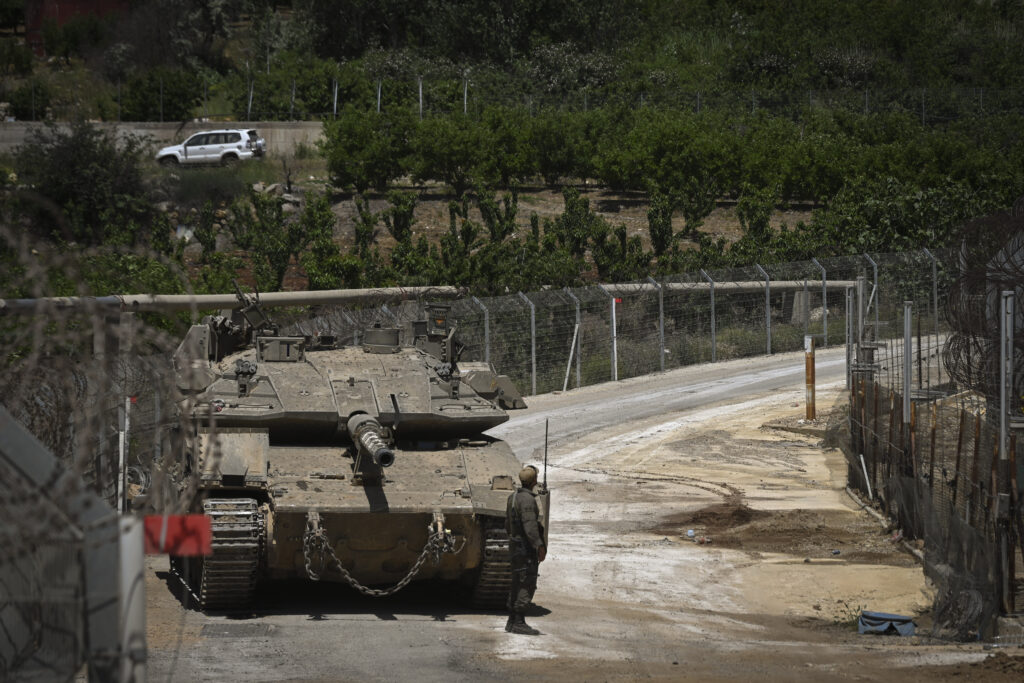IDF Recovers Body of Hamas Leader Mohammed Sinwar from Tunnel Under Gaza Hospital
The Israel Defense Forces (IDF) have confirmed the recovery of the body of senior Hamas commander Mohammed Sinwar from a tunnel beneath the European Hospital in Khan Yunis. The operation was carried out over the weekend, with official confirmation issued Sunday evening.
Sinwar, the brother of Hamas leader Yahya Sinwar, was killed on May 13 in an Israeli Air Force strike targeting an underground terrorist compound. That operation utilized specialized munitions designed to penetrate fortified bunkers. His death was later verified by Prime Minister Benjamin Netanyahu on May 28.
The IDF stated that the identification process has now conclusively confirmed Sinwar’s remains were located in the tunnel complex. Soldiers from the Golani Commando Battalion conducted the operation, retrieving Sinwar’s body and bringing it back to Israel for further verification.
The IDF has confirmed that it located and seized the body of Mohammed Sinwar from under the European Hospital in Khan Yunis. Additional bodies were located and are still being identified. pic.twitter.com/8TvbkjnCxI
— Tzvi Joffre (@TzviJoffre) June 8, 2025
According to a report by Channel 12, troops also recovered the remains of Mohammed Shabanah, another Hamas commander, along with weaponry and intelligence materials from the site.
The military added that additional bodies of suspected militants were found in the tunnel system, though their identities are still being confirmed. This follows earlier IDF activity in the same area, where forces explored previously bombed subterranean infrastructure suspected to house senior terrorist operatives.

Mohammed Sinwar was considered one of Hamas’s most experienced military figures and played a major role in orchestrating the October 7 attack on Israel. His elimination marks another significant loss for the group following the earlier death of his brother, Yahya Sinwar, in an Israeli ground raid last October.
First Ultra-Orthodox IDF Unit Deploys to Gaza Amid Growing Draft Debate
In a historic first, the Israel Defense Forces’ newly formed Hasmonean Brigade—a combat unit composed entirely of ultra-Orthodox (Haredi) soldiers—entered the Gaza Strip this week. The deployment adds a new dimension to Israel’s ongoing conflict with Hamas while reigniting national debate over military exemptions for religious students.
Reported by Channel 12’s Amit Segal, the deployment comes amid escalating tensions within Prime Minister Benjamin Netanyahu’s coalition, as the issue of Haredi draft exemptions continues to be politically explosive.
The Hasmonean Brigade was created in response to a landmark Supreme Court decision in June 2024, which ruled that no legal basis existed to exempt yeshivah students from military duty. As a result, over 10,000 Haredi men received draft notices in early 2025, though only a fraction responded.

Despite pushback from segments of Haredi society, the new brigade officially launched in January 2025 with an inaugural intake of around 150 soldiers, including active recruits and reservists. Plans are underway to expand the unit to as many as 4,000 soldiers.
Named after the ancient Jewish Hasmonean dynasty, the brigade adheres strictly to Jewish law (halacha). Enlisted soldiers are required to maintain religious standards, such as modest dress and “clean” language. Those who entered the army with beards and sidelocks are expected to keep them, and Sabbath observance—including wearing formal attire during religious services—is mandated.
All training is conducted internally within the brigade to prevent mixing with non-Haredi units, addressing a key concern among many in the ultra-Orthodox community. Observant officers lead the unit, ensuring that military life remains aligned with religious values.
IDF Drone Strike Targets Hamas Operative in Syria’s South
An Israeli drone strike hit a Hamas target in southern Syria on Sunday, according to the Israel Defense Forces. The attack took place in the area of Mazraat Beit Jinn, just outside the expanded buffer zone near Mount Hermon, where the IDF has maintained heightened operations.
The strike follows a recent rocket attack from Syrian territory on June 3, when two projectiles were launched toward Israel’s Golan Heights. Both landed in open areas without causing damage or casualties. It marked the first such attack from Syria in over a year.
In response, the IDF retaliated by shelling the launch site and conducting airstrikes on Syrian military installations in the south. Israeli officials placed direct responsibility on the Syrian government, now led by President Ahmed al-Sharaa, following the December 2024 collapse of the Assad regime.
Defense Minister Israel Katz issued a stern warning, vowing not to tolerate escalations reminiscent of the October 7 attacks. He promised a decisive response if aggression from Syria continued.

Responsibility for the rocket fire was claimed by two little-known groups—the Martyr Muhammed Deif Brigades and the Islamic Resistance Front in Syria–Pioneers of Strength. Both are believed to have ties to Hamas and other extremist factions.
Since the downfall of Bashar Assad, Israel has reinforced its presence in the region, including strategic points across the Golan and into Syrian territory. The IDF has carried out numerous strikes to prevent advanced weaponry from falling into hostile hands.
President al-Sharaa, a former jihadist linked to Al-Qaeda and later a founder of Hayat Tahrir al-Sham (HTS), previously signaled interest in indirect talks with Israel to de-escalate tensions. However, ongoing hostilities indicate the situation remains volatile.





